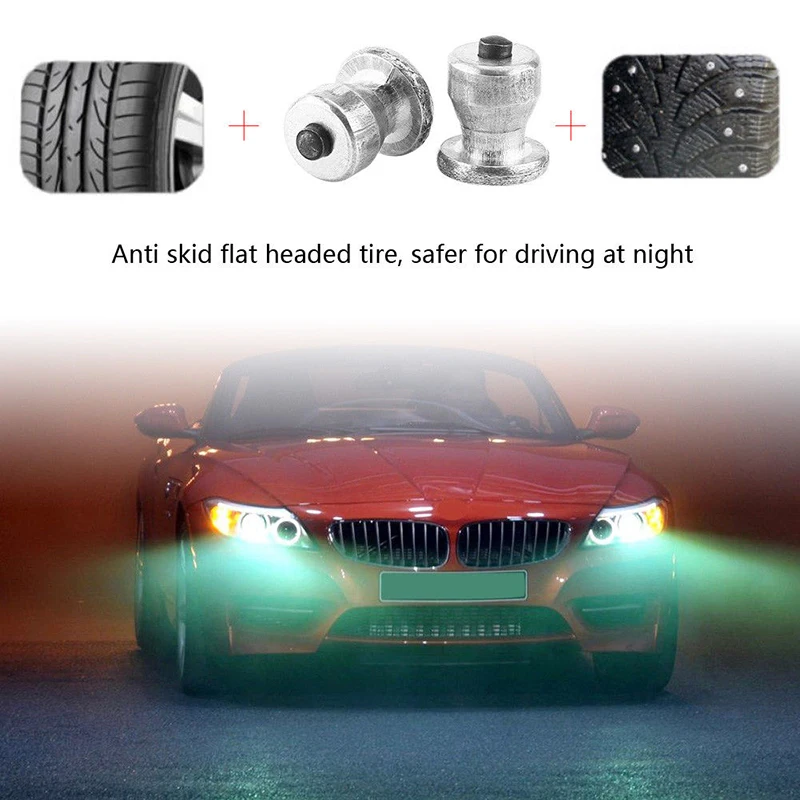[vc_row type=”in_container” full_screen_row_position=”middle” scene_position=”center” text_color=”dark” text_align=”left” overlay_strength=”0.3″][vc_column column_padding=”no-extra-padding” column_padding_position=”all” background_color_opacity=”1″ background_hover_color_opacity=”1″ column_shadow=”none” width=”1/1″ tablet_text_alignment=”default” phone_text_alignment=”default” column_border_width=”none” column_border_style=”solid”][vc_raw_html]JTNDaDElM0UlM0NhJTIwY2xhc3MlM0QlMjJuZWN0YXItYnV0dG9uJTIwc21hbGwlMjByZWd1bGFyJTIwZXh0cmEtY29sb3ItMyUyMCUyMHJlZ3VsYXItYnV0dG9uJTIyJTIwc3R5bGUlM0QlMjJ2aXNpYmlsaXR5JTNBJTIwdmlzaWJsZSUzQiUyMiUyMHRhcmdldCUzRCUyMl9ibGFuayUyMiUyMGhyZWYlM0QlMjJodHRwcyUzQSUyRiUyRnd3dy5ybnJ0aXJlcy5jb20lMkYlMjIlMjBkYXRhLWNvbG9yLW92ZXJyaWRlJTNEJTIyZmFsc2UlMjIlMjBkYXRhLWhvdmVyLWNvbG9yLW92ZXJyaWRlJTNEJTIyZmFsc2UlMjIlMjBkYXRhLWhvdmVyLXRleHQtY29sb3Itb3ZlcnJpZGUlM0QlMjIlMjNmZmYlMjIlM0UlM0NzcGFuJTNFR2V0JTIwSGVscCUyMEZyb20lMjBSTlIlMjBUb2RheSUyMGZvciUyMEElMjBOZXclMjBUaXJlJTNDJTJGc3BhbiUzRSUzQyUyRmElM0UlM0MlMkZoMSUzRQ==[/vc_raw_html][vc_custom_heading text=”Screw in Tire | The SOS” font_container=”tag:h2|font_size:30px|text_align:left”][vc_column_text]A few days ago, I noticed something shiny on my tire (I’ve got a good eye for anything sparkly).
Upon further inspection, I discovered that it was screw. My TPMS hasn’t been yelling at me about low tire pressure, and it looks fine, so I’m assuming that it’s not really causing a problem. Just incase, I thought I’d ask you. Can I just leave this screw in there or am I driving on borrowed time?
Screwed in Houston
————————————————————————————————————————————————————————————————————
Dear Screwed,
You want my honest opinion? You’re driving on borrowed time. At this point, the screw is plugging the hole that it created, right? And that’s good, but every time your tire rotates, that screw is rubbing against the walls of the hole and making it a little bigger. That’s not good for a couple of reasons: 1.) Your tire could blow out, and 2.) if the hole continues to grow, you run the risk of ruining the tire altogether.
Right now, all may not be lost with your tire. You can probably have it repaired fairly easily; fixing it should be inexpensive and won’t take much time to complete. Most simple tire punctures are able to be repaired, but if the screw happens to be in the sidewall of your tire (or close to the sidewall of your tire), you’re going to need a new tire–and fast! Sorry to break the news to you, but that’s just how it goes with sidewalls. Some repair shops may tell you it’s okay to repair a puncture in a sidewall, but the tire industry agrees that this is a BAD IDEA! Compromised side walls can lead to blow outs and danger! You don’t want to compromise that part of your tire or you’re asking for problems and hefty repair bills.
Most simple tire punctures are able to be repaired, but if the screw happens to be in the sidewall of your tire (or close to the sidewall of your tire), you’re going to need a new tire–and fast! Sorry to break the news to you, but that’s just how it goes with sidewalls. Some repair shops may tell you it’s okay to repair a puncture in a sidewall, but the tire industry agrees that this is a BAD IDEA! Compromised side walls can lead to blow outs and danger! You don’t want to compromise that part of your tire or you’re asking for problems and hefty repair bills.
Now, if you’ve been driving around on that screwed tire for a while, you may have already caused enough damage that you’ll have to replace the tire, but just in case it’s repairable, here’s what should happen when you take it in: Any reputable repair shop will plug the hole from the outside AND patch the hole from the inside. If a hole is just plugged, the plug will start to be pushed out by the air pressure inside the tire as soon as you start rolling again. It will probably just be days before you’ll have to add air and maybe a few weeks before you need a proper tire repair. Get it done the right way the first time and avoid the hassle of a second trip to the repair shop.
It will probably just be days before you’ll have to add air and maybe a few weeks before you need a proper tire repair. Get it done the right way the first time and avoid the hassle of a second trip to the repair shop.
If you choose to keep driving with a foreign object embedded in your tire, a new tire may not be the only hit you take. A blow out can cause a serious accident and injure not only you, but other passengers in your car, as well as other drivers on the road. If you have an accident, there will be repair bills and possibly medical bills, as well. And don’t even get us started on your insurance rates! Can you hear the cha-chings ringing in your ears right now? I can.
You can always bring your car into RNR to have it checked out and repaired; or if you’ve pushed it too far, we can help you choose a new tire (or tires) and get you back on the road fast. If you’ve purchased your current set of tires with RNR, we’ll repair it for FREE. We even offer roadside assistance (with certain purchase packages).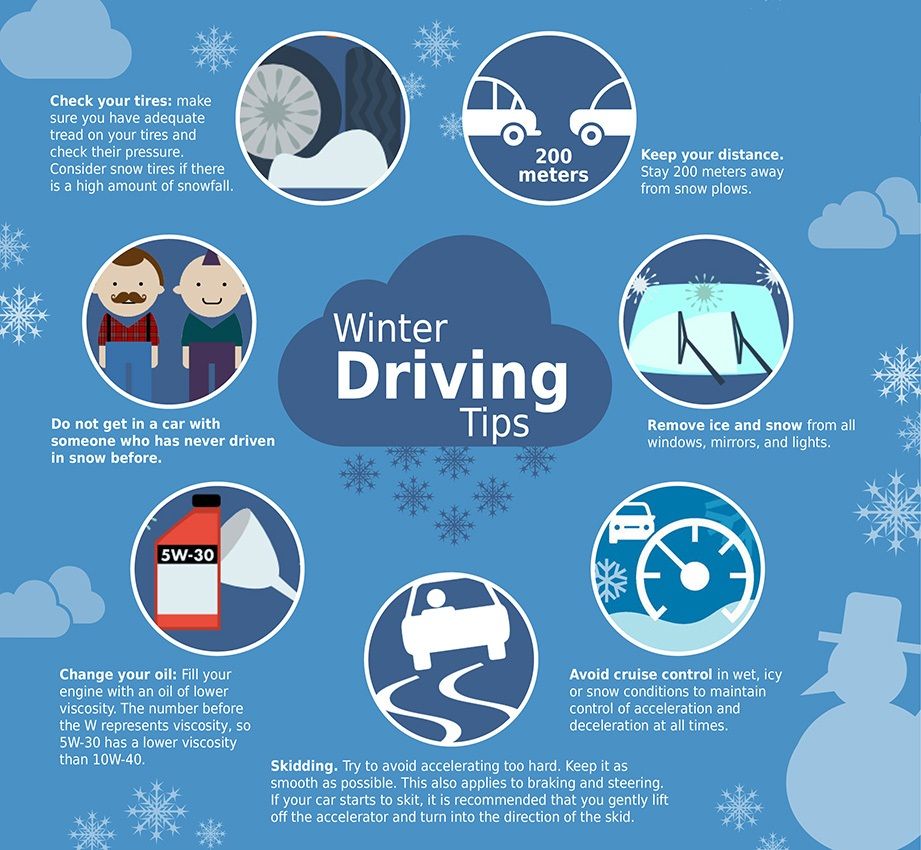 Did you know that? Give your local RNR a call or stop by, and we’ll take care of you. And friend, drive carefully. Borrowed time is unpredictable at best.[/vc_column_text][/vc_column][/vc_row]
Did you know that? Give your local RNR a call or stop by, and we’ll take care of you. And friend, drive carefully. Borrowed time is unpredictable at best.[/vc_column_text][/vc_column][/vc_row]
Your tires are susceptible to getting just about anything lodged in the rubber, from a nail to a screw. When you get a screw in the tire, you want to know what to do next. Should you keep driving on it or have it repaired immediately? These are all questions you want to know the answer to before you are faced with the situation.
In this guide, we discuss what you should do with the screw in the tire. We also look at reasons to repair it versus why you might consider replacing it. If you choose to repair it, we also outline the steps to follow.
What To Do About a Screw in the Tire?If you have a screw in the tire near or in the tire’s sidewall, you need to replace the tire.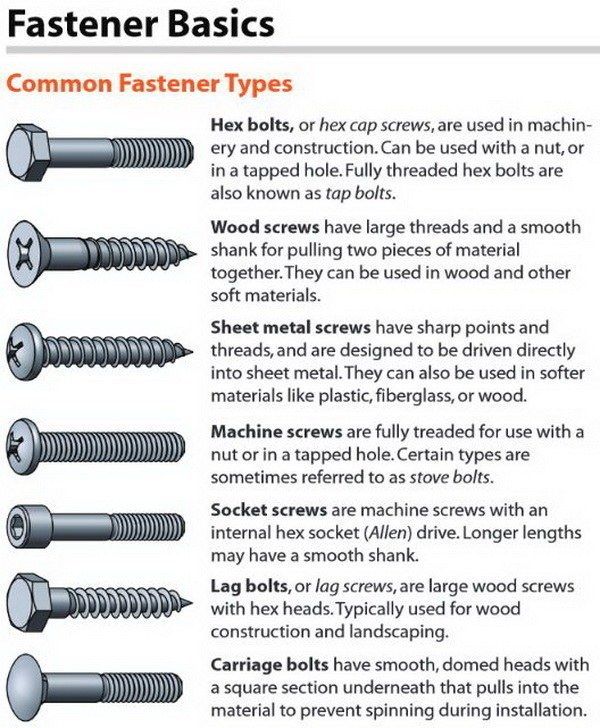 You might be able to add air to the tire to get you to the repair shop. However, if the screw entered the tread of the tire, it might be repairable. Have it looked at by a professional if you aren’t sure.
You might be able to add air to the tire to get you to the repair shop. However, if the screw entered the tread of the tire, it might be repairable. Have it looked at by a professional if you aren’t sure.
The screw might be temporarily plugging the hole that was created. Every time that tire rotates, the screw will move in the hole, creating a bigger area than what started. As this occurs, air will start to leak and the hole might become unrepairable. Additionally, the tire could blow out.
If there is a hissing sound coming out of the tire, you should pull over and swap it for a spare. The last thing you want to deal with is a blowout as you attempt to get to the tire shop.
Repair vs. Replace: Screw in Tire1. Location of PunctureThe main consideration comes down to where the tire has been punctured. If the screw went into the tread of the tire, it’s likely repairable.
However, if the screw has entered the side of the tire, you have no option but to replace it. The trouble comes in when it’s between the sidewall and the tread. In most cases, it’s best just to replace the tire and rest easy.
The trouble comes in when it’s between the sidewall and the tread. In most cases, it’s best just to replace the tire and rest easy.
RELATED: What is a Tire Sidewall Damage (& When to Replace the Tire?)
2. Punctured ObjectA tire punctured by a nail is often more repairable than any other object. The nail leaves a tiny hole that’s simple to patch.
Screws create more damage because they aren’t smooth and straight like a nail. The threads create a jagged hole, making it harder to repair.
RELATED: Nail in Tire – Is it Safe to Drive with a Nail in My Tire?
3. Age of TireBrand-new tires are just as susceptible to blowouts from a screw as an older tire. However, you might be more likely to repair the hole if you just had the tire installed.
Give careful consideration to the costs of a potential blowout. Ruining the axle and suspension or causing an accident is going to be far more expensive than replacing a tire.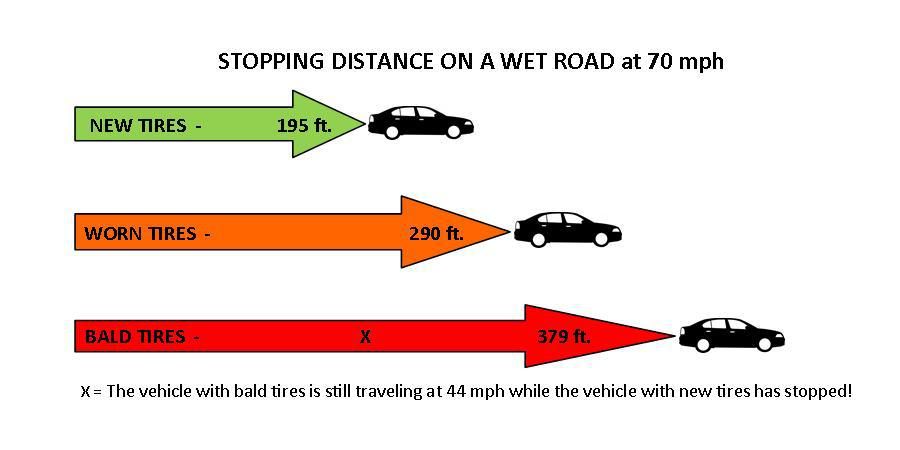
What amount of risk are you willing to take? If you are only happy with complete peace of mind, you need to have the tire replaced.
If you are willing to have the hole plugged or patched, make sure you at least choose a reputable shop. Picking technicians with experience and the right equipment helps you reduce the risk slightly.
5. Person Driving CarYour final consideration comes down to who will be driving the car most frequently. If you are driving the car, it’s much easier to take the risk for yourself.
If your spouse or grandma is driving the car, you might prefer to replace the tire. Some people might not be as equipped to handle a blowout if it occurs.
How to Repair Tire PunctureIf you choose to have the tire repaired, you should take it to a qualified tire shop. However, you could do it yourself if you have the expertise. You will also need special tools, such as a tire changing kit.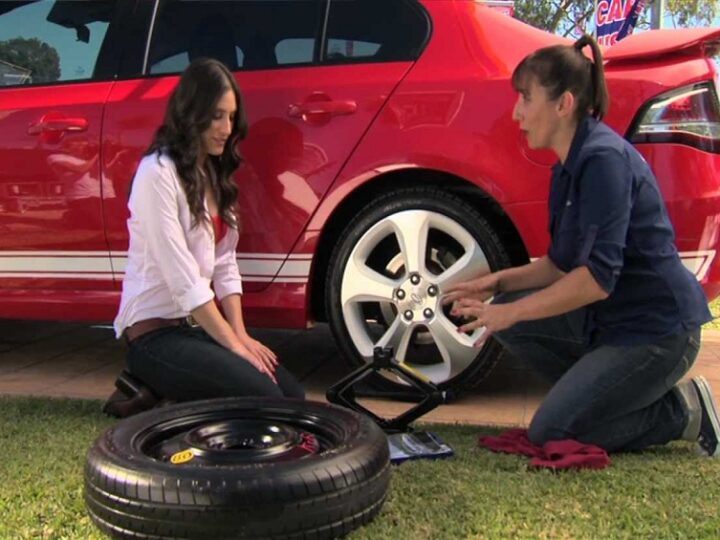 Here are some basic steps to consider:
Here are some basic steps to consider:

The directions will be slightly different if the patch used also contains a plug. These are commonly used at tire shops for puncture repairs.
Is It Safe to Drive With Screw in Tire?No, it is not recommended to drive with a screw in the tire. Even if it’s not leaking air now and it won’t cause any problems in the short term, it could lead to problems in the long term, and you could be stranded down the road.
When the screw first enters your tire, your most pressing concern is whether the air pressure will hold. Additionally, you must consider what will happen if you don’t remove the screw from the tire immediately. The area can become unstable as you drive on it, leading to the separation of the tread.
If you continue driving on the tire with the screw inside, you could end up causing more damage. Plus, the likelihood of a blowout is increased if the screw is found in the sidewall of the tire. If you spot a screw in the sidewall, it’s often best to put on your spare tire, just to be sure.
Some people choose any way to drive on the punctured tire and continue filling it with air. The thought process is that the tire will need to be replaced anyway, so they might as well get their money’s worth out of it. That’s fine, except you could be putting yourself and others in danger, especially if that hole becomes larger and the tire loses air suddenly.
Ideally, you want to have the tire puncture repaired immediately. If it’s fixable, you can opt for that avenue. If the tire needs to be replaced, put a new one on. The cost you are going to spend now is nothing compared to what will happen if you cause a major accident. Don’t take any chances.
Cost to Repair Tire PunctureIf the tire can be repaired, you might spend $10 to $25 to remove the screw and repair the tire puncture. The appointment should only take thirty minutes or less, so you won’t be waiting for the repair either.
The appointment should only take thirty minutes or less, so you won’t be waiting for the repair either.
Some tire shops will cover punctures if you added road hazard coverage when you bought the tires. If you have the right equipment and expertise, you could also tackle the repair yourself. However, for the cost, it’s often better to trust your local tire shop to get the job done.
Category: Operation and maintenance
Article reading time: 3 minutes
Bookmark this
Deformed tires on a car affect safety and result in high costs. Such breakdowns are unpleasant, especially if the rubber is damaged after a short run. nine0003
There are reasons why tires come in figure eights. These may be problems with the installation on the disk, the manufacturer, or the peculiarities of operation. This can be avoided with the help of timely service and regular checks of the condition of the wheels.
This can be avoided with the help of timely service and regular checks of the condition of the wheels.
Each tire is designed for a certain period, so it should wear out evenly and lose the top layer gradually. You can determine the condition of the rubber by special markers - hidden marks that appear during operation. They help identify tread depth and wear patterns. If the marks appear non-simultaneously, you should pay attention to the condition of the wheel. nine0003
If driving a car has become uncomfortable, the car pulls to the side or swings strongly at high speed, it is worth carrying out maintenance and eliminating possible vehicle malfunctions. Why does it drive rubber and the tire is turned out with a figure eight?
It is difficult to answer this question unequivocally, because the reason may be:
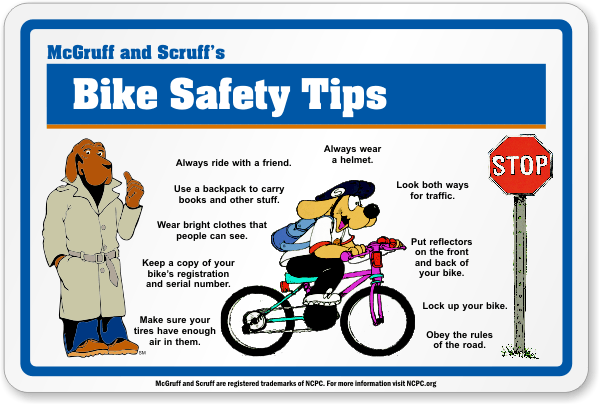 A good suspension compensates for loads, levels the car and keeps it on track even at high speeds. nine0026
A good suspension compensates for loads, levels the car and keeps it on track even at high speeds. nine0026 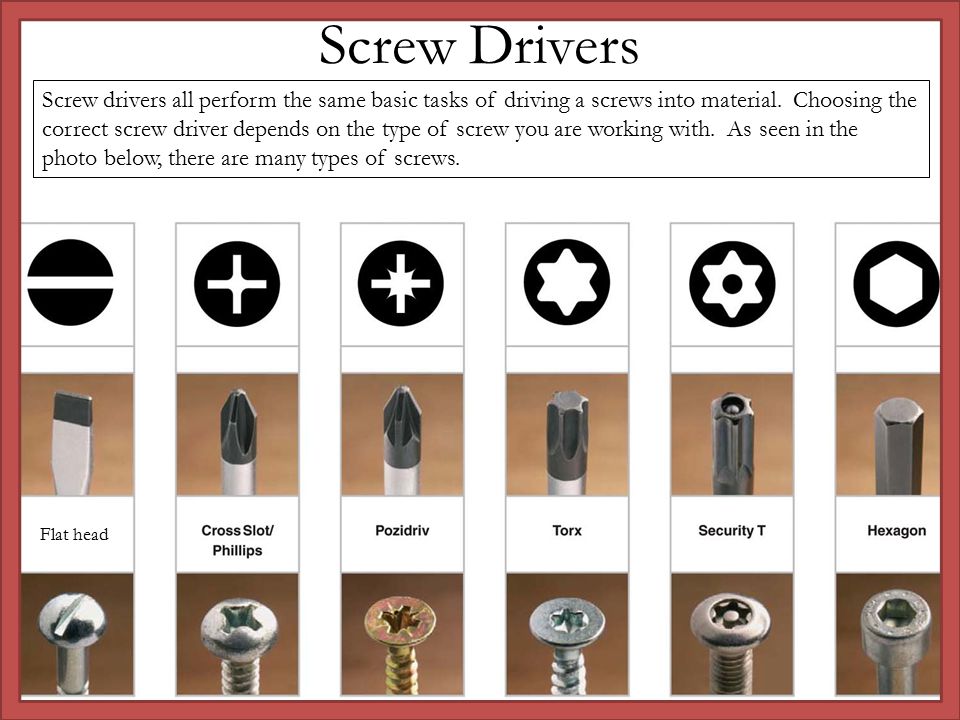 Such consequences reduce the strength of the body, spoil the condition of the rubber.
Such consequences reduce the strength of the body, spoil the condition of the rubber. Winter Drive protection
Tires Goodyear UltraGrip Arctic 2 SUV
Winter Drive Protection Sound Comfort
Rating:
4.5
Tires Goodyear UltraGrip Ice 2
Tires Goodyear UltraGrip Performance+ SUV
Tires Goodyear UltraGrip Arctic 2
Winter Drive Protection Run On Flat Sound Comfort
Tires Goodyear UltraGrip Performance+
There is functional and critical wheel deformation. If the first is laid by the manufacturer, is responsible for the deformation of the base, reducing vibration and extraneous effects on the machine, then the second leads to the destruction of rubber. Critical deformation can occur in a warehouse due to improper storage, long-term parking of the car, driving at low pressure, rupture of the side part. nine0003
If the first is laid by the manufacturer, is responsible for the deformation of the base, reducing vibration and extraneous effects on the machine, then the second leads to the destruction of rubber. Critical deformation can occur in a warehouse due to improper storage, long-term parking of the car, driving at low pressure, rupture of the side part. nine0003
Consider the main reasons for the failure of the wheels and the appearance of the eight:
 To prevent damage, it is enough to monitor the pressure. In case of damage, you need to align the disc, pump up the tire or replace if the damage is critical. nine0026
To prevent damage, it is enough to monitor the pressure. In case of damage, you need to align the disc, pump up the tire or replace if the damage is critical. nine0026
The tire will last a long time, if you follow the recommendations of the manufacturers, regularly monitor the pressure, remove foreign objects from the tread, drive carefully on bad roads. To check the condition, you do not need to constantly remove the tires. A quick inspection is enough, studying wear using indicators that are located in the side part and on the tread. If you find that the tire has gone screw, and the car began to drive to the side, contact the service center. Experts will help straighten the wheel, tell you if it is possible to ride on rubber or is it better to change it. nine0003
Experts will help straighten the wheel, tell you if it is possible to ride on rubber or is it better to change it. nine0003
Article author: Goodyear team
Contents
Introduction
What is a hernia on a wheel?
Can you drive with a hernia?
How to avoid a hernia?
What to do if the driver finds a hernia on the wheel?
Can you repair yourself?
Conclusion
Low-profile tires are much prettier than regular tires, but they are easier to damage, and it is on these that the bump most often forms, which can cause a lot of trouble if it is not removed in time or the wheel is not replaced at all. Unfortunately, many drivers are looking for an excuse to postpone a visit to a tire shop, and often on the road you can see a couple of cars with such “sick” tires. nine0003
In the article we will clarify the question: where does the hernia on the tire come from, and we will help get rid of it.
A hernia is a bulge on the tread or sidewall. At first, it can be difficult to notice it, most often the car itself will tell about its presence by its behavior on the road: body vibration, beating on the steering wheel at speeds above 60 km / h, inadequate handling and other violations of the smoothness of the car.
They come in different sizes - from almost invisible to huge ones that can inflate up to a third of the size of the tire itself. A hernia appears due to damage to the inner layer (cord), which consists of closely intertwined threads. It is they who protect the tire from deformation. Any weak point or excessive overheating causes an excess of internal pressure in certain areas. Synthetic cords break and the rubber swells, forming an ugly bump. At risk are precisely the front wheels, which account for the main load. The front axle suffers much more than the rear from excessive loads and bumps against obstacles, which is the main cause of this trouble. nine0003
nine0003
There are two types of hernias: on the sidewall and on the tread. With the first it is still possible to move around, ignoring small jolts. Even a small tubercle can be seen by small blows to the steering wheel and a violation of the smoothness of the car. But this will not last long - the bump on the wheel will grow, and in the end, strong vibration and beating in the steering wheel simply will not allow you to drive the car, which will certainly lead to an accident.
A defect can appear for several reasons. Less often, a factory defect is to blame for everything, when the technological process of creating a tire was violated at the plant. Much more often, hitting curbs is to blame for everything during improper parking, with frequent driving on poor quality roads or off-road, where potholes and falls into pits are not uncommon. Often a hernia on a tire comes out after an accident, especially if the main blow fell on the wheel. In this case, both the disk and the suspension arms will also suffer.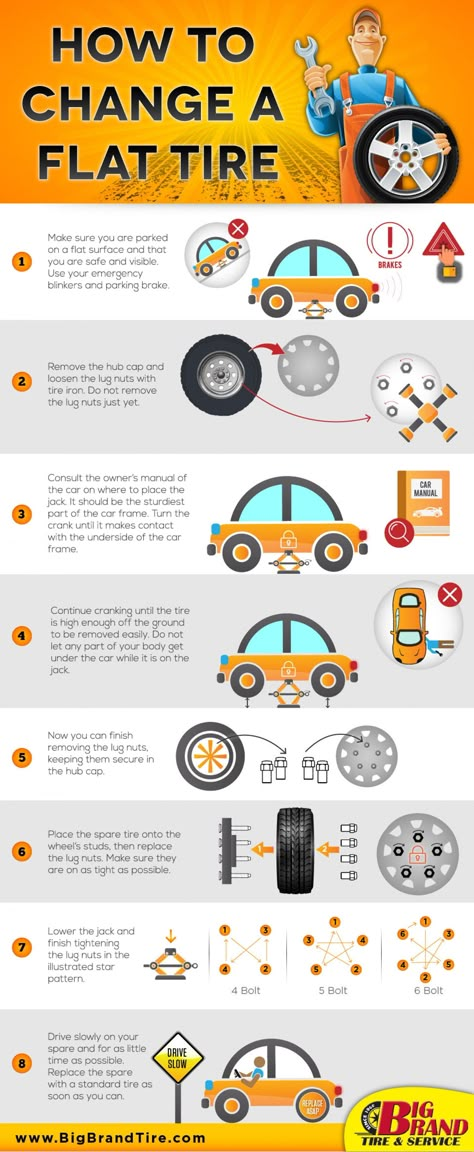 How badly a tire is hit is affected by the angle and force of the impact. nine0003
How badly a tire is hit is affected by the angle and force of the impact. nine0003
Sometimes the car owner himself is to blame for everything, who made a mistake with the model and put rubber on the car, which, according to its technical characteristics, does not suit it.
Often, it would seem, an innocent mistake - the owner pumped up the tires too weakly, because of which they began to heat up and deform more. The result is swelling on the wheel. Inflated tires can also be the source of the problem. In this case, the weakest point is under overpressure, the filaments expand, and any shock load can break them and “spawn” a bump. nine0003
The easiest way to deal with a manufacturing error is that most tires have a factory warranty that protects against such troubles. If swelling on the wheel appeared in the first month of operation, then you can safely file a complaint and change tires - everything will be done for you for free.
If the driver himself is to blame, he will have to solve the problem for his hard-earned money.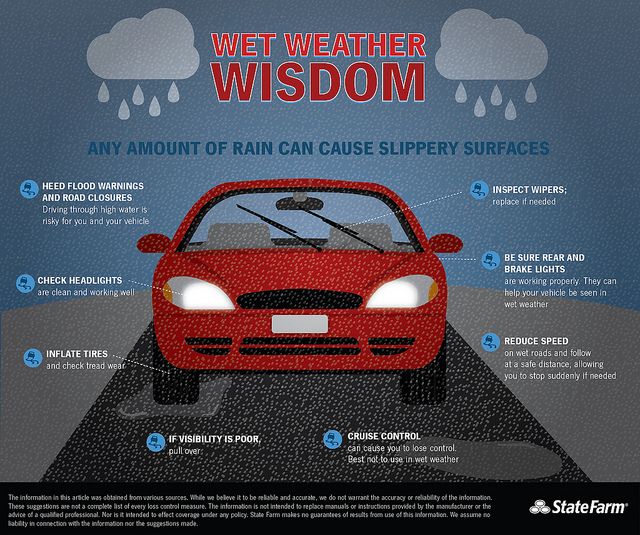
The answer of all experts is the same - no, you can’t ride with it. A hernia on a wheel is included in the list of dangerous damage to a car, which has every chance of causing an accident with all the ensuing consequences. Do not believe those who assure that if the deformation is small and is on the side, then it will not interfere, they say, you can ride on such a wheel with complete wear of the tread. In reality, any violation of the integrity of the cord will contribute to the further destruction of the frame, not to mention the gradual wear of ball bearings, silent blocks, shock absorbers, bearings, steering rods and much more. The result of such dubious savings on the repair of one wheel is the repair of the entire suspension, which will cost you a multiple of more. nine0003
If you do not take care of the replacement in time, then the swelling will begin to progress, heat up and swell, which means that the likelihood of losing control and having an accident will increase every time you leave the garage.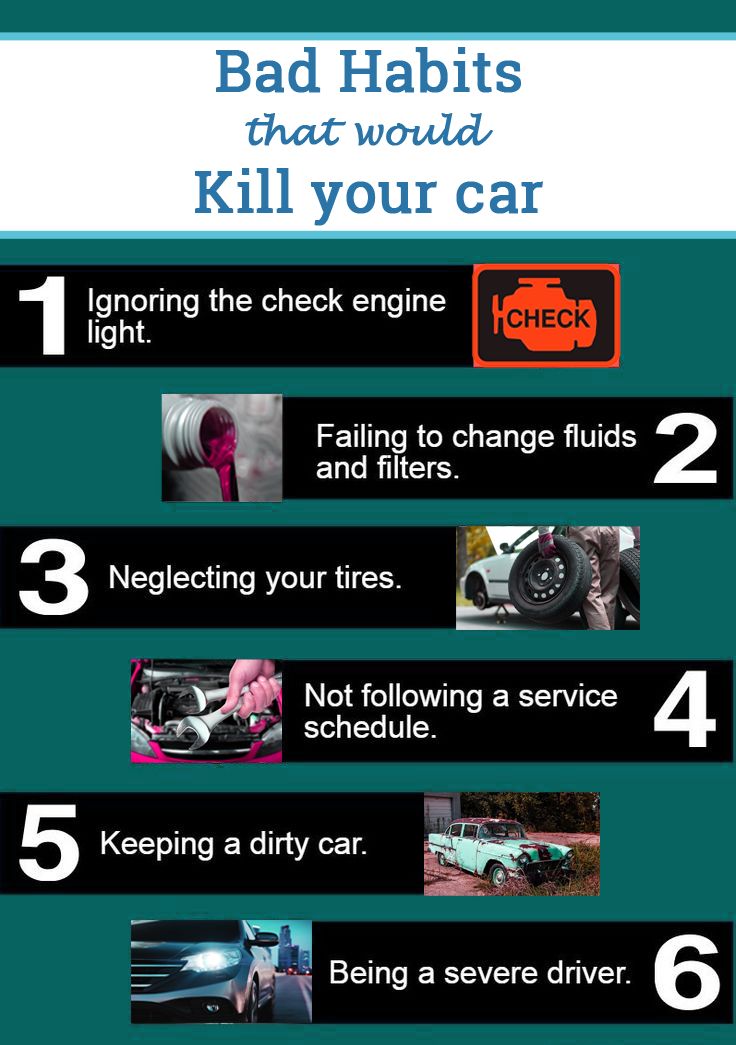 It is deadly to drive with a hernia on bad roads at high speed, with an overloaded car, as well as during sudden braking and starting. Each factor will bring closer the fatal moment when the tire bursts right on the go. What can we say about the requirements of the “List of malfunctions and conditions under which the operation of vehicles is prohibited”, where clause 5.2 prohibits the operation of tires with external damage that “exposes the cord, as well as carcass delamination, tread and sidewall delamination”. A herniated tire also fits this definition. nine0003
It is deadly to drive with a hernia on bad roads at high speed, with an overloaded car, as well as during sudden braking and starting. Each factor will bring closer the fatal moment when the tire bursts right on the go. What can we say about the requirements of the “List of malfunctions and conditions under which the operation of vehicles is prohibited”, where clause 5.2 prohibits the operation of tires with external damage that “exposes the cord, as well as carcass delamination, tread and sidewall delamination”. A herniated tire also fits this definition. nine0003
The conclusion is unequivocal: only professional wheel repair or changing tires to new ones will fix the swelling on the wheel. Driving with it is dangerous.
Damaged rubber will need to be disposed of. Some drivers believe that such a damaged tire can be used as a spare tire in critical cases, but this is also an extremely optimistic and rash decision. Even the spare wheel, which just lies in the trunk, must be in good condition so that you don’t change the “flesh for soap” in a difficult situation. nine0003
nine0003
To minimize the chance of a hernia, you should carefully choose a new thing. As we said above, it happens that the tire is simply not designed for use on a certain type of car, especially SUVs and light trucks. Before making a purchase, look at the documentation and find the value of the load index there. If you drive a heavy crossover, then you should choose tires with a maximum value. SUV class tires are usually marked with the number 109, which is the maximum allowable load of up to 1,030 kg per wheel.
It is better to refuse low-profile tires altogether, as the risk of damaging them is much higher. They are more designed for driving on perfectly smooth asphalt surfaces: there they handle and brake much better than high-profile ones, but they make a lot of noise, poorly drain water and wear out quickly. The high profile rubber offers improved off-road flotation, a smooth and quiet ride, and a longer lifespan. However, they also have disadvantages, primarily an increased braking distance, they cope worse with traction and lean in corners. nine0003
nine0003
Excessive loads on the wheels also often cause bumps. The more often a driver drives with heavy loads in the trunk or picks up a full cabin of passengers, the more likely it is that one of his tires will soon acquire a herniation.
Reckless drivers have the same problem because of their love of hard braking and accelerating. Maneuvers adversely affect the air circulation inside the wheel, which causes an uneven load on the inner surface of the tire. With a dashing ride on broken roads, the likelihood of damaging the cord threads increases significantly. nine0003
You will also have to constantly monitor the pressure and pump up the tires to the optimum level. Over-inflated or under-inflated tires (as mentioned above) are a common cause of hernia.
Finally, the best preventive measure is to drive carefully on good roads at a moderate speed.
If you have a suspicion right on the road, then it is better to stop immediately, raise the car on a jack and inspect each wheel. It happens that the case is not in the lump. The problem in which the car starts to vibrate a lot may be incorrect wheel balancing, wheel alignment imbalance or other suspension problems, but this can only be fixed at the tire center. nine0003
It happens that the case is not in the lump. The problem in which the car starts to vibrate a lot may be incorrect wheel balancing, wheel alignment imbalance or other suspension problems, but this can only be fixed at the tire center. nine0003
If it is obvious that this is still a bump, here are some tips on what to do in this case:
It would be best to put a spare tire instead of the one where the trouble got out. If it turned out that even the spare tire is deformed, then there is no point in changing one bump for another. On a damaged wheel, you will need to reduce the pressure by 15% and move it to the rear axle so that it interferes less with control. If a gap occurs, then the car will sharply lead to the side, and then whether the driver will be able to react and save himself from a collision depends on which axis the sudden gap occurred. nine0003
To minimize the risks, you should drive very carefully to the nearest tire shop at a speed of no more than 70 km / h. Maintain a distance between other road users, go around the slightest obstacles and avoid sharp maneuvers and braking, as any unnecessary physical impact can provoke a tread break. Periodically it is worth stopping and checking whether swelling is growing on the wheel. If it only gets bigger with every kilometer, then you will have to call a tow truck. nine0003
Maintain a distance between other road users, go around the slightest obstacles and avoid sharp maneuvers and braking, as any unnecessary physical impact can provoke a tread break. Periodically it is worth stopping and checking whether swelling is growing on the wheel. If it only gets bigger with every kilometer, then you will have to call a tow truck. nine0003
Contrary to popular belief that tubeless tire bulges help with tubeless tyres, this does not solve the problem for long. It is able to slightly reduce the pressure on the deformed zone. However, the chamber is too thin and cannot serve as any serious protection - the pressure will break it sooner or later. This can only be a temporary measure until you get to the tire center.
To fix such serious damage on your own, if you yourself are not a professional tire fitter, you should not even try. The trouble lies in the inner layer of the tread, and here only a qualified specialist from the tire center will help you, who will be able to look at the tire from the inside, assess the nature of the damage and make an unambiguous conclusion - whether the repair will help here or only new tires will save the owner. nine0003
nine0003
First of all, he will evaluate the wear of the tread - in order for the event to make sense, the bump on the tire should be less than 20 mm, if this indicator is exceeded, it would be most advisable not to spend money on useless repairs, but to change the tire. Also, if you have been riding this tire for a long time, and the groove depth is already approaching 4 mm, then rebuilding the cord will not help much, since the tire is already very old and will burst again at any moment.
Repairs will be carried out on professional equipment using various materials that ordinary drivers are unlikely to have at hand. After the wheel is removed, it is disassembled and thoroughly cleaned of dirt and dust. The hernia will be cut out, rolled raw rubber will be applied to the damaged area, a reinforced patch will be installed with pressure rollers or the tire will be sewn with nylon. The final chord will be vulcanization and subsequent wheel balancing. nine0003
For its intended purpose, such tires can only be used after 24 hours.